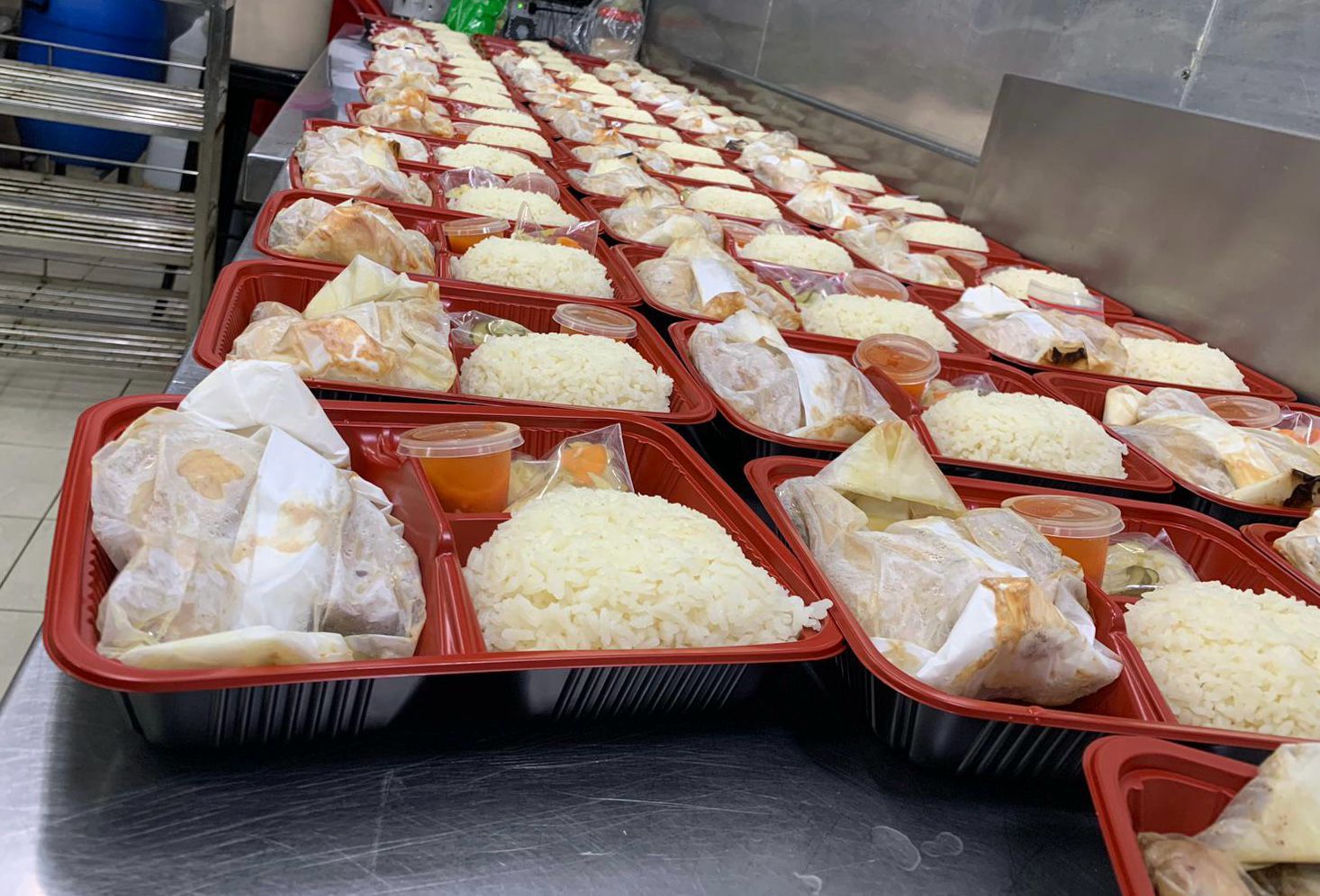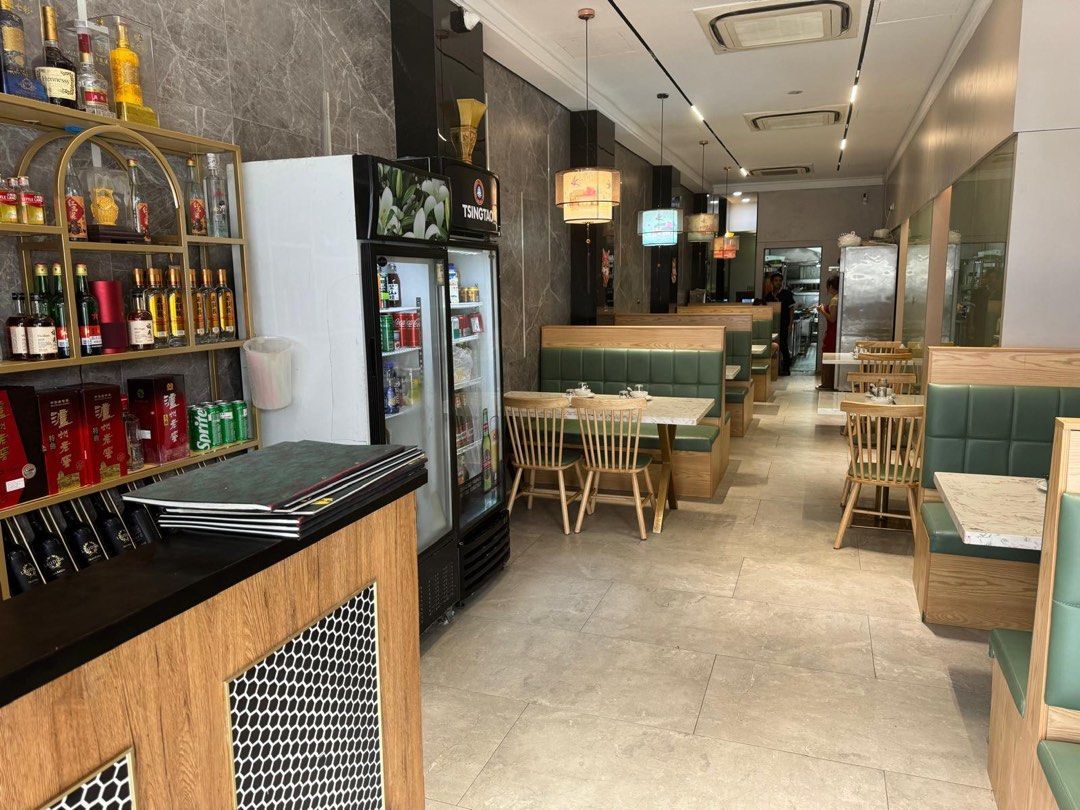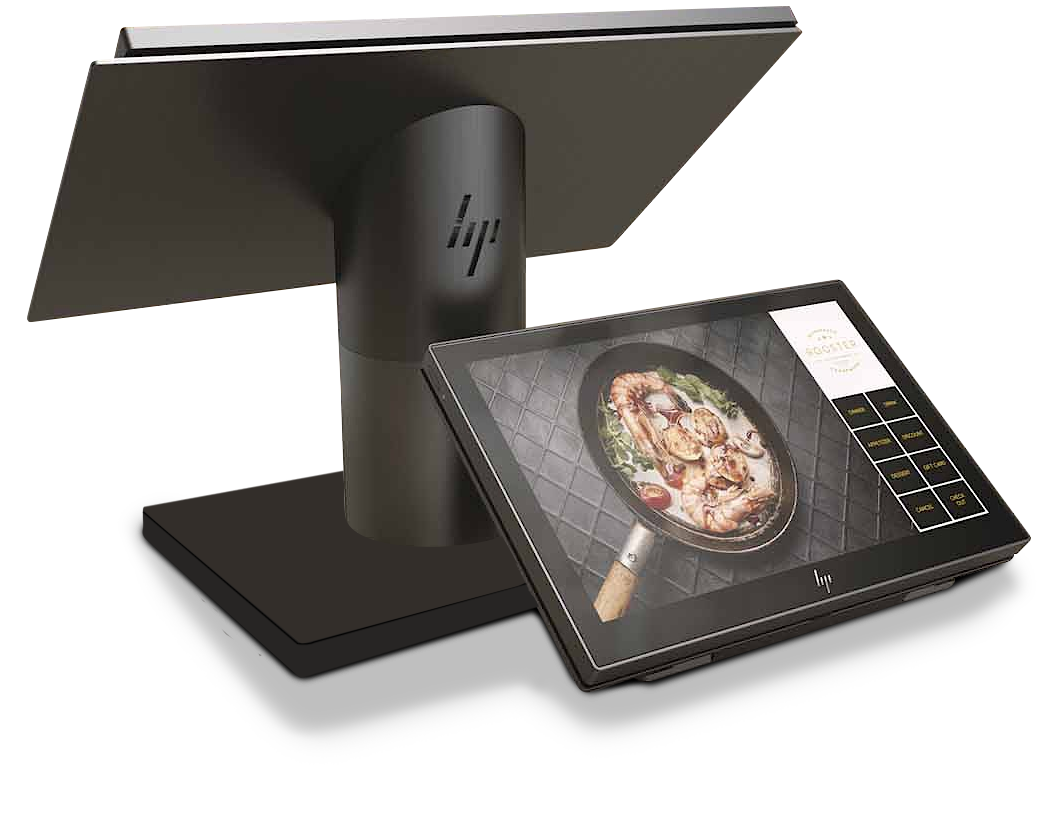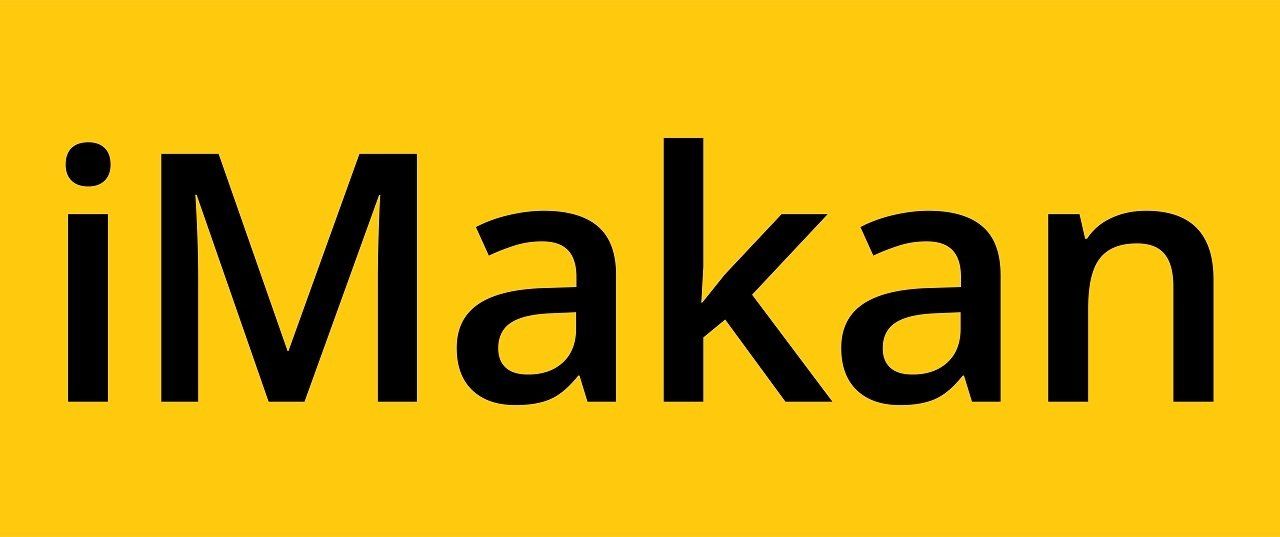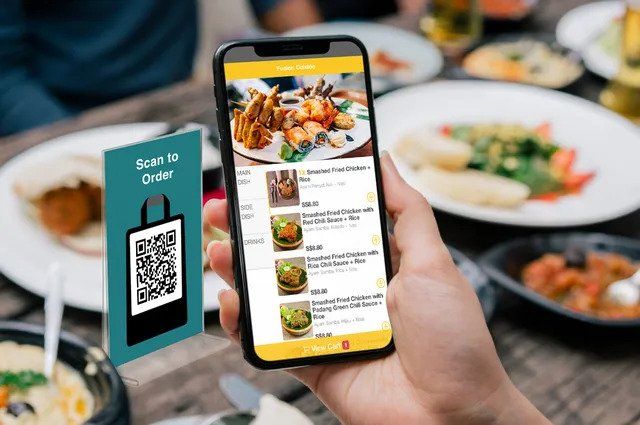In the bustling streets of Singapore, where traditional flavors meet modern convenience, the Food and Beverage (F&B) industry is witnessing a transformative wave - the shift towards self-ordering systems. This article delves into the suitability of self-ordering methods, such as kiosks, QR code ordering, and online platforms, specifically for coffee shops and hawkers in Singapore.
Evolution of Ordering Systems in F&B: From Manual to Digital
Gone are the days of solely relying on manual order-taking. The F&B industry worldwide, including Singapore, has gradually shifted towards digital solutions. This transition has been driven by the need for efficiency, accuracy, and enhanced customer experiences.
What is Self-Ordering? Exploring the Digital Solutions
Self-ordering encompasses various technologies allowing customers to place orders without traditional waiter assistance. Key types include:
- Self-Ordering Kiosks: Stand-alone devices enabling order placement and payment.
- QR Ordering: Scanning a QR code to access a digital menu and order.
- Online Ordering Platforms: Websites or apps for ordering from consumer's device. Mostly when consumers are not physically at the F&B shop.
Benefits of Self-Ordering for Coffee Shops: A Leap Towards Modernity
Self-ordering systems offer numerous advantages for coffee shops in Singapore, such as:
- Enhanced Customer Experience: Quicker service and reduced wait times lead to better customer experience.
- Streamlined Operations: Increased efficiency and accuracy in order processing.
- Financial Implications: Potential cost savings and increased revenue through higher order values and reduced staffing needs.
Self-Ordering in Singaporean Hawkers: Balancing Tradition with Innovation
While self-ordering offers modernization, it's crucial to assess its compatibility the traditional operations of Singaporean hawkers. Some hawkers, especially the pioneering ones still feel that manually taking orders from customers is faster than
allowing customers to browse a digital menu and self order, a common concern raised when they are approached to switch to self ordering solutions.
Customer Perceptions in Singapore: Balancing Modern Convenience with Traditional Appeal
In the dynamic landscape of Singapore's food scene, the increasing inclination of tech-savvy, younger consumers towards digital solutions is reshaping the way quick service foods are ordered. This shift is evident in the growing preference for self-ordering methods, including self-ordering kiosks, QR code ordering, and online platforms, especially among the younger demographic.
Coffee shops and hawkers, quintessential elements of Singapore’s traditional dining experience, are also part of this quick service spectrum. As such, they are witnessing a divide in customer preferences. The younger patrons frequenting these establishments are more likely to embrace self-ordering options, drawn by the convenience and speed these technologies offer. In contrast, the older generation tends to favor the personal interaction, familiarity and convenience of placing orders directly with staff.
The difference in customer preferences across demographics is why it is important for owners of coffee shops and hawker stalls to have a deep understanding of their customer base. The decision to implement self-ordering solutions should be informed by the specific demographics they cater to, as there is no universal answer to whether such self ordering technology is appropriate or beneficial for every establishment.
For instance, a coffee shop or hawker stall whose offerings appeal predominantly to older customers might find that pushing for self-ordering could alienate its core clientele. These customers, less familiar or comfortable with technology, may perceive self-ordering as an inconvenient barrier rather than a boon, leading to a potential loss in patronage.
Conversely, if a coffee shop or hawker stall primarily attracts a younger, more tech-oriented crowd, the introduction of self-ordering solutions can be a strategic move. This demographic is not only more receptive to using technologies like self-ordering kiosks, QR code ordering, and online platforms but might also prefer these modern, efficient modes of service. In such scenarios, adopting self-ordering systems aligns with consumer preferences and can enhance the sustainability and appeal of the business.
In summary, for coffee shops and hawkers in Singapore, the decision to adopt self-ordering systems hinges on a nuanced understanding of their customers' preferences, balancing the allure of modern technology with the charm of traditional service.
If you are looking for self ordering solutions in Singapore, WhatsApp us or send us an enquiry to find out more!

